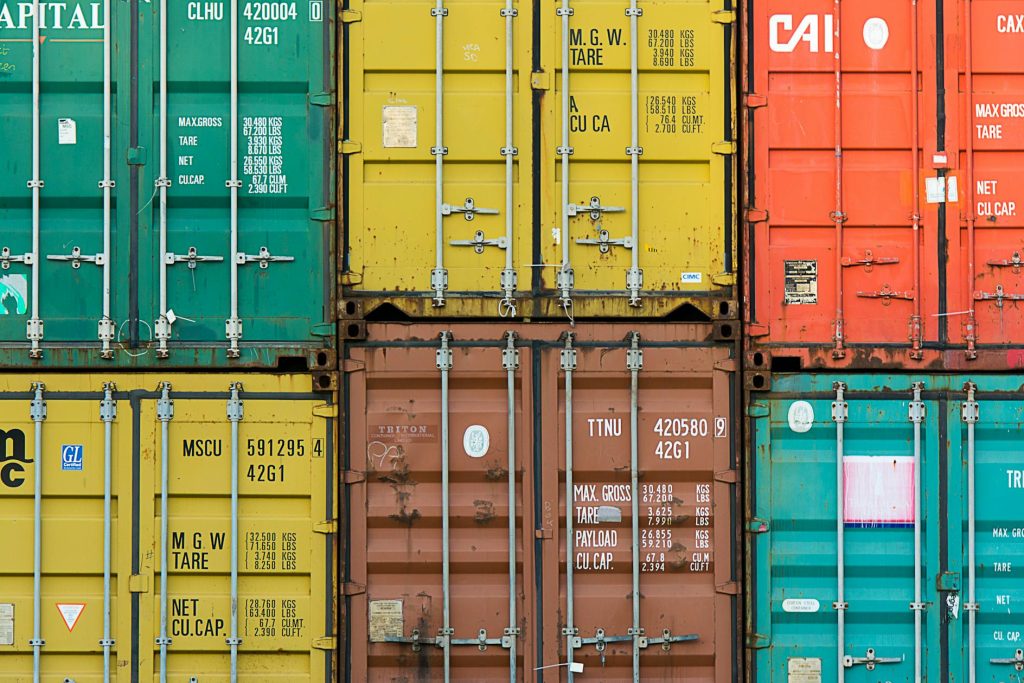When shippers send and receive large quantities of goods by sea, they may decide to use a shipping mode called FCL. In fact, FCL is one of the most commonly used terms in ocean fright alongside LCL, meaning less than container load. In this article, we break down what FCL is, its advantages and limitations, as well as the factors involved in its cost and rates. So, for those interested in using FCL, make sure to continue reading this article to learn more.
What is FCL?
FCL, otherwise known as full container load, is a shipper method where a shipper hires an entire shipping container to transport their cargo. This does not necessarily mean the shipper fills up the container space entirely. More accurately, this means that the shipper has exclusive rights to a shipping container. That being said, FCL shipments tend to be large to make it more economical and cost-effective in the long run. On the whole, FCL shipping differs from LCL, which is where multiple shippers share a single container to move their goods, which are usually smaller either in size or volume, meaning they only pay for the area or volume that they need.
Advantages of FCL
There are a few benefits that using FCL has over LCL. Here are their advantages below.
They are cost effective
When a person ships using FCL, they only need to pay a flat rate for the whole container because they are renting it out to use exclusively, rather than paying by the square footage of volume they need. On the whole, the cost per cubic meter (CBM) is usually lower than the LCL cost per CBM, meaning it has a lower price per unit.
Reduced risk of damage and theft
When it comes to using FCL, only you and the supplier will touch the goods transported, which means it lowers the risk of damage, loss, and theft during the shipping journey. The FCL shipments are loaded into a container by your supplier, and then the container is sealed and shipped directly to its final destination, without any detours or stops. Because everything is still sealed (assuming Customs is not interrupted the shipment process), this reduces the chance of goods being damaged or stolen due to fewer people touching or moving them. So, if you have to move a lot of delicate and fragile items but are not sure which shipping method to use, you may consider using FCL shipping to take your mind off any worries despite needing to pay more upfront initially.
Quicker transit time
Because LCL shipments share a container space with other people’s shipments, this means they must make more stops to unload and load goods. This is why FCL shipments typically arrive a few days sooner than LCL shipments. So, if you are working on a tight deadline or need something delivered as soon as possible, you may consider using FCL for a quicker shipper experience.
Limitations of FCL
Higher upfront cost
If you are using an FCL container, you must then pay for an accommodate an entire shipping container. So, this usually winds up raising the cost of the shipping procedure.
Unsuitable for small packages
Unfortunately, shippers that have a smaller volume of cargo are usually not served by FCL. In this case, you should consider using LCL to ship your goods instead.
How much does it cost?
When it comes to FCL shipping, shippers typically pay a flat fee for the container called a commodity box rate. An FCL quote also includes other things such as:
- Pick-up charges from the warehouse
- Terminal handling charges (these can include storage, and equipment) at your port of origin
- Ocean freight, so the cost of the ship’s journey
- Terminal handling charges at the port of destination
- Delivery charges for transporting cargo by truck to the destination warehouse
Factors that influence rates
There are a few different factors that can influence FCL rates. Some of them include:
Availability: Ocean freight typically operates on a demand-supply model, meaning that rates can rise and fall depending on the availability of containers and space on carriers.
Holiday delays: Ocean freight demand and prices typically tend to go up ahead of major holidays such as Golden Week, Chinese New Year, and Eid, to name a few.
Peak season: For instance, when an annual agricultural harvest is exported, this is called the peak season or high season. Internationally, the shipping peak season tends to be from August to November ahead of the holiday shopping season (so Thanksgiving and Christmas, to name a few).
GRI (General rate increase): Carries will sometimes increase container prices in response to demand and supply. This is called GRI. This can be announced at the beginning of the month or mid-month. A GRI typically happens once a year in a stable market, but there have been occasions of multiple GRIs in a year or none at all.
Documents required
When it comes to transporting cargo overseas, there is plenty of paperwork involved. Some of these documents include the bill of lading, commercial invoice, packing list, bill of export (the shipping bill), and bill of entry, to name a few. Be sure to double-check the customs requirements for the country you are shipping to!

